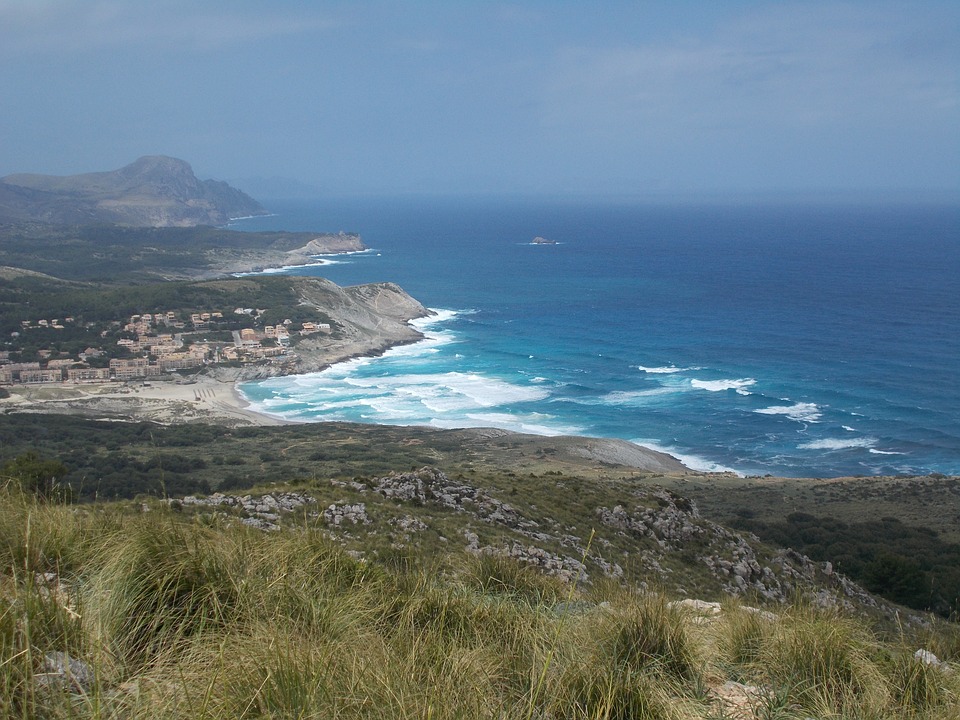Introduction
The majestic Águilas, also known as eagles, are among the most prominent and inspiring creatures in the avian world. These magnificent birds of prey captivate us with their graceful flight, piercing eyes, and remarkable hunting skills. However, Águilas face numerous threats that jeopardize their very existence. Human activities, habitat loss, and poaching are just a few of the challenges that these remarkable creatures confront. In response, conservation efforts have been initiated to safeguard the future of Águilas and ensure their continued presence in our natural world.
The Importance of Águilas in Ecosystems
Águilas, as apex predators, hold a vital role in maintaining the health and balance of their respective ecosystems. They play a significant part in controlling populations of smaller animals, preventing overpopulation that could lead to imbalances and disruptions within the ecosystem. By maintaining a healthy prey population, Águilas also indirectly contribute to the ecological diversity of the surrounding area.
Conservation Efforts to Protect Águilas
Several organizations and initiatives have been established to protect Águilas and their habitats. These efforts focus on various key aspects:
Habitat Preservation
Given the importance of suitable habitats for Águilas, conservationists work tirelessly to preserve and restore critical areas for these birds. This involves identifying protected zones, maintaining forested areas, and implementing sustainable land use practices that reduce deforestation and habitat destruction. Collaborating with local communities and governments to establish protected areas is crucial in safeguarding the Águilas’ habitats.
Anti-Poaching Measures
Illegal hunting and trade pose a significant threat to Águilas’ survival. Conservation organizations employ anti-poaching measures such as increased surveillance, deploying ranger patrols, and working with law enforcement agencies to combat wildlife trafficking. Public awareness campaigns are also conducted to educate communities about the importance of Águilas and the consequences of poaching.
Research and Monitoring
Scientific research and monitoring programs are vital for understanding the behavior, population dynamics, and ecological needs of Águilas. This knowledge helps guide conservation efforts and enables researchers to develop effective conservation strategies. Satellite tracking, ringing, and DNA analysis are some of the techniques used to gather data on Águilas, allowing scientists to monitor their movements, migration patterns, and genetic diversity.
Success Stories
Conservation efforts have yielded promising results and success stories. In some regions, Águila populations have rebounded due to targeted conservation interventions. These successes demonstrate that dedicated conservation initiatives can make a significant difference in protecting these magnificent birds.
FAQs
What is the biggest threat to Águilas?
The biggest threat to Águilas is habitat loss, primarily due to deforestation and urbanization. Destruction of their natural habitats disrupts their breeding cycles and reduces their hunting grounds, leading to a decline in their population numbers.
How can I contribute to Águilas conservation?
There are several ways individuals can contribute to Águilas conservation efforts. Supporting reputable conservation organizations through donations or volunteer work is essential. Promoting awareness about Águilas’ plight and their significance within ecosystems can also make a difference. Lastly, adopting sustainable practices such as reducing deforestation and supporting eco-friendly policies contribute to preserving the habitats of Águilas and other wildlife.
Are Águilas protected by law?
Yes, many species of Águilas are protected by national and international laws. Protections include regulations against hunting, trade, and destruction of their habitats. However, enforcement of these laws and the commitment to conservation practices can vary across different regions and countries.
What can be done to prevent poaching of Águilas?
Preventing poaching requires a multi-faceted approach. Strengthening law enforcement efforts, imposing stricter penalties for wildlife crimes, and improving surveillance and intelligence gathering are crucial steps. Additionally, addressing the socio-economic factors that drive individuals towards poaching, such as poverty and lack of alternative livelihoods, is essential in reducing the demand for illegal hunting.
